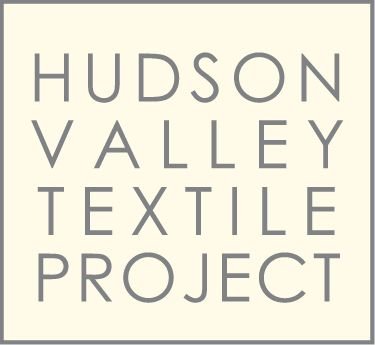Studio Yarn Project: Alpaca for Softness: Creating the Perfect Blend
Designing my fabric meant I was looking for a combination of factors, including abrasion resistance and sewability with a blend of crispness and softness. Shannon’s Blue Pepper Farm East Friesian Sheep had provided a gorgeous and strong base for my yarn but the breed micron count (35-37 microns) is a little coarse. Her original yarn, of the year before, had been a very successful blend of her wool and some of her neighbors’ local alpaca fiber. Advice from Mary Jeanne Packer at Battenkill Fiber Mill had led to that 80/20 wool alpaca blend and I had loved it on my loom earlier. Alpaca is great as a blending fiber with sheep’s wool as its fine diameter is often the equal to Merino and Rambouillet wools. Additionally, its low scale height along the individual fibers creates a smoother, more luscious feel to the final cloth. Mary Jeanne advised me that some of the best alpaca in the US was produced right here in the Hudson Valley.
Little Creek Alpaca in North Salem, NY, is operated by Lynn Edens and is the leading producer of alpaca fiber in the United States. They are working to produce the highest quality alpaca fiber possible within an environmentally sustainable framework. Little Creek has focused on a long term genetic study of their fiber, with the goal of producing animals bearing commercially viable white alpaca fiber of 20-22 microns with a 3 plus inch staple length for worsted spinning and blending. Little Creek is also working to provide small inexpensive herds of white male alpacas with the ability to provide very high quality fiber over a 5-6 year period without loss of quality. Lynn’s work has been crucial to the improvement of the fiber quality of the US alpaca herd, and in supporting new fiber farmers.
Little Creek’s sustainability efforts have been guided by Fibershed’s Climate Beneficial Wool program. Their work has focused on the generation of a carbon farming plan with a goal of net carbon sequestration. This means that the farm is capturing and holding onto more carbon than it releases into the air. It is accomplishing these goals by modifying their animal and farm management techniques. These practices include the use of solar power, the application of composted farm waste to pastures and croplands, and a serious focus on the health of native grass pastures to avoid over-grazing and protect native animal and plant species. Lynn was most impressed by Fibershed’s work on minimizing carbon production as an immediate economic benefit to the individual fiber producer in lowering their operating costs. It doesn’t require an added cost to production that must be passed through the entire fiber supply chain to the final consumer as a surcharge on each product. Sustainability need not be a marketing campaign designed to convince consumers that higher prices are necessary, but can be smart, economically advantageous, operating procedure.
I was excited to be able to add 30 lbs. of Little Creek Alpaca to my Blue Pepper Farm wool, and Battenkill Fiber Mill did a wonderful job of blending the fibers into a 2000 yards per pound single in three colors: a pale fawn, a mid-tone grey-brown, and a deep chocolate brown. Though I didn’t get to see much of that process, I love what it accomplished in my yarn even in that relatively minor percentage. Lynn’s description of the luscious quality alpaca could add was dead on center.



